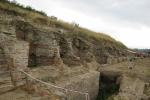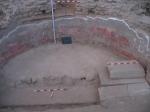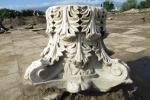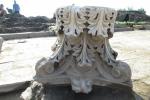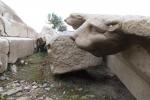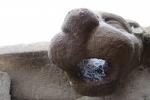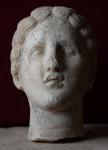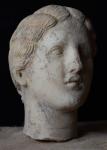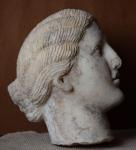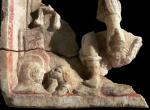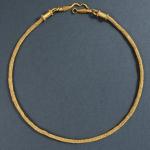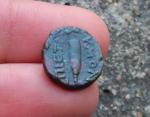Summary (English)
HERACLEA SINTICA (Lyudmil Vagalinski – lvagalin@techno-link.com) About 65% of the Late Roman agora and parts of preceding Hellenistic and Roman structures were excavated. The earliest context consisted of debris containing a silver obol of Mesambria minted in 450 – 350 BC. The stratigraphy indicated that AD 41 was terminus post quem for the destruction in the town that could be related to the events that accompanied the transformation of the vassal Kingdom of Thrace into a Roman province. Parts of the walls of the agora were used during the subsequent second period that dated to the 2nd – first half of the 3rd centuries AD. This period ended with a fire that occurred soon after AD 276. The subsequent reconstruction of the agora lasted for an extended period of time: new drains and buildings were constructed, while architectural fragments from earlier structures were reused. An earthquake that happened soon after AD 338 ended the third period. During the subsequent fourth period, an Early Christian basilica was set up through the transformation of a public building located in the northeastern corner of the agora. An earthquake that happened soon after AD 425 destroyed the town. The occupation of the town gradually came to an end during the period that began soon after AD 457 and continued to the end of the 5th century AD. In that period local Christians performed burials on the agora and four Early Christian graves were discovered. The finds from the excavations included a marble statue of a togatus and a marble head of a woman of the first settlement period, five inscriptions of the Roman period, graffiti with names of people from Miletos and Carthage, jewelry, pottery, glass vessels, terracotta lamps, lead sling bullets, arrowheads, spearheads, marble votive reliefs, bronze figurines and 660 coins. According to the osteological analysis, the bones from domestic animals prevailed, while the wild animals were rare and included bears and beavers. Mediterranean shells were also documented. The paleobotanical analysis showed the presence of wood from oak, alder and maples.
photo credit: https://www.archaeologia-bulgarica.com
- Lyudmil Vagalinski - Archaeological Institute with Museum
Director
- Lyudmil Vagalinski - Archaeological Institute with Museum
Team
Research Body
- Archaeological Institute with Museum






![Download [PDF]](/excavation/skins/fasti/images/results/download_sml.png)
